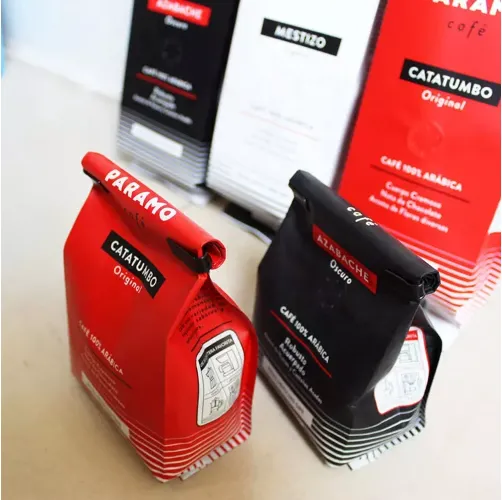- Afrikaans
- Albanian
- Amharic
- Arabic
- Armenian
- Azerbaijani
- Basque
- Belarusian
- Bengali
- Bosnian
- Bulgarian
- Catalan
- Cebuano
- chinese_simplified
- chinese_traditional
- Corsican
- Croatian
- Czech
- Danish
- Dutch
- English
- Esperanto
- Estonian
- Finnish
- French
- Frisian
- Galician
- Georgian
- German
- Greek
- Gujarati
- haitian_creole
- hausa
- hawaiian
- Hebrew
- Hindi
- Miao
- Hungarian
- Icelandic
- igbo
- Indonesian
- irish
- Italian
- Japanese
- Javanese
- Kannada
- kazakh
- Khmer
- Rwandese
- Korean
- Kurdish
- Kyrgyz
- Lao
- Latin
- Latvian
- Lithuanian
- Luxembourgish
- Macedonian
- Malgashi
- Malay
- Malayalam
- Maltese
- Maori
- Marathi
- Mongolian
- Myanmar
- Nepali
- Norwegian
- Norwegian
- Occitan
- Pashto
- Persian
- Polish
- Portuguese
- Punjabi
- Romanian
- Russian
- Samoan
- scottish-gaelic
- Serbian
- Sesotho
- Shona
- Sindhi
- Sinhala
- Slovak
- Slovenian
- Somali
- Spanish
- Sundanese
- Swahili
- Swedish
- Tagalog
- Tajik
- Tamil
- Tatar
- Telugu
- Thai
- Turkish
- Turkmen
- Ukrainian
- Urdu
- Uighur
- Uzbek
- Vietnamese
- Welsh
- Bantu
- Yiddish
- Yoruba
- Zulu
best way to store jerky
The Best Way to Store Jerky A Comprehensive Guide
Jerky, a popular protein-rich snack created by drying and preserving meat, has been enjoyed for centuries. Whether you make it at home or buy it from the store, proper storage is crucial to maintain its quality, flavor, and shelf life. This article will delve into the best practices for storing jerky, ensuring that it remains delicious and safe to consume for as long as possible.
Understanding Jerky
Before diving into storage methods, it is essential to understand what jerky is and how it is made. Jerky is made by marinating meat in a mixture of seasonings and then drying it at low temperatures. This process removes moisture, inhibiting the growth of bacteria and pathogens. However, improper storage can lead to spoilage, loss of flavor, and even foodborne illnesses.
Factors Affecting Jerky Storage
Several factors can influence the shelf life and quality of jerky 1. Moisture Even a small amount of moisture can promote mold growth and spoilage. Therefore, ensuring jerky is adequately dried before storage is important. 2. Light Exposure to light can degrade the quality of jerky over time, affecting its taste and nutritional value. 3. Oxygen Oxygen exposure can lead to oxidation, resulting in off-flavors and rancidity. 4. Temperature Storing jerky at higher temperatures can accelerate spoilage, while extremely cold storage may adversely affect its texture.
Best Storage Methods
Now that we understand the factors affecting jerky, let's explore the best ways to store it
1. Airtight Containers
The most effective way to store jerky is by using airtight containers. Options include vacuum-sealed bags, mason jars, or food storage containers with tight-fitting lids. Vacuum sealing is particularly advantageous, as it removes air from the packaging, which helps prevent oxidation and extends shelf life significantly.
best way to store jerky

2. Cool, Dark Place
Once your jerky is securely packaged, it’s essential to find a suitable storage spot. Store your jerky in a cool, dark place, such as a pantry or cupboard, away from direct sunlight. The ideal temperature is between 60°F and 70°F (15°C to 21°C). Storing jerky in a refrigerator can further prolong its freshness, although it is not always necessary if stored properly.
3. Freezing
For those who want to store jerky long-term, freezing is an excellent option. While it is not necessary for most types of jerky, freezing can promote even longer shelf life. Ensure the jerky is in an airtight container or vacuum-sealed bag to prevent freezer burn. When ready to consume, simply thaw it in the refrigerator and enjoy.
4. Labeling and Dating
Regardless of the storage method you choose, be sure to label your jerky with the date it was made or purchased. This will help you keep track of its freshness and avoid consuming older products. Most commercially packaged jerky has a shelf life of between one and two years if unopened, while homemade jerky typically lasts up to six months when stored properly.
Signs of Spoilage
Even with proper storage, it’s essential to check jerky for signs of spoilage. Look for changes in color, texture, or smell. If the jerky becomes excessively hard, develops a strange odor, or shows mold growth, it’s best to discard it. Trust your senses; when in doubt, throw it out.
Conclusion
Storing jerky correctly is essential for preserving its flavor and ensuring safety. By using airtight containers, keeping it in a cool, dark place, and considering freezing for long-term storage, you can enjoy jerky at its best. Don’t forget to label your packages, and always check for signs of spoilage before indulging in this tasty and nutritious snack. Happy snacking!













